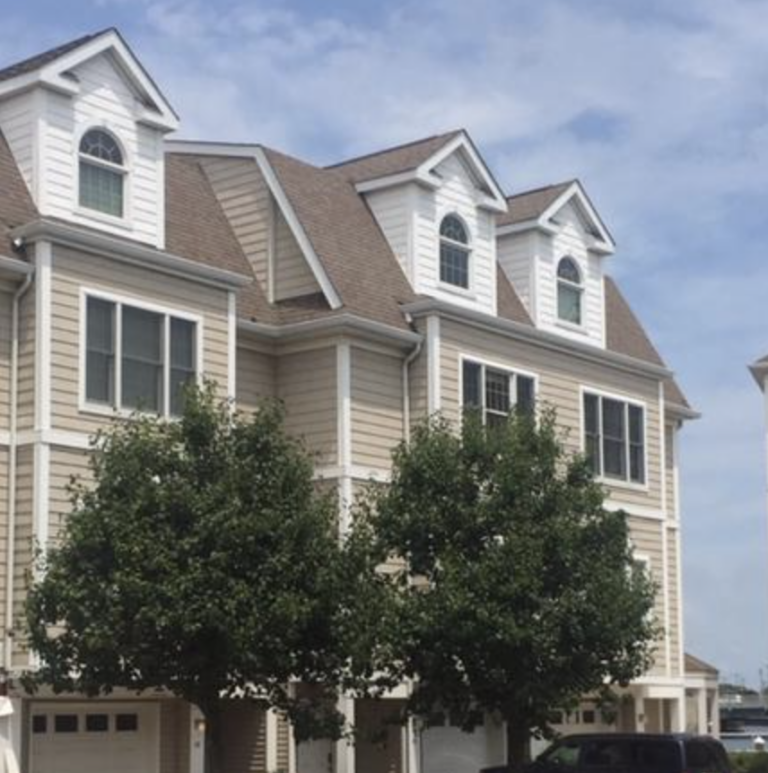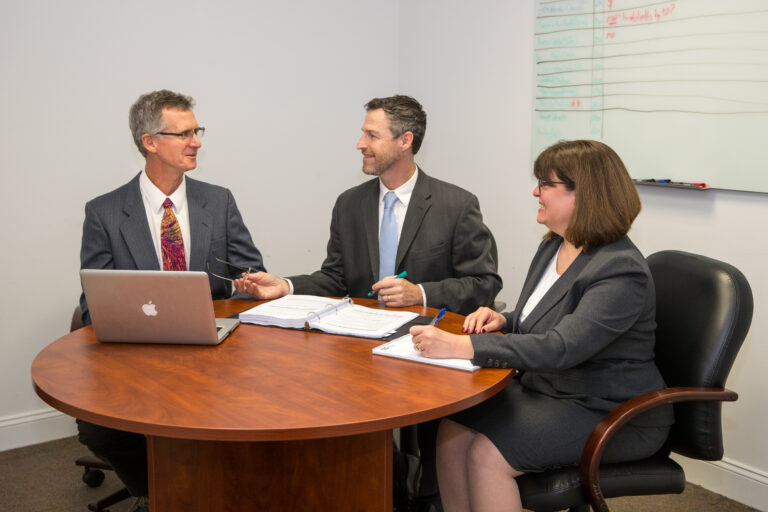By Christopher D. Ling | May 2024

Introduction
As an experienced forensic architect, I’ve encountered a wide range of architectural projects, each with its unique set of challenges and risks. While every project carries a degree of inherent risk, some stand out for the potential complications they can present to architects. In this blog post, we will explore the design projects that pose the most significant risks and shed light on how to navigate these complex waters successfully.
1. Multi-Family Residential
Mitigating project risk in multifamily condominium architecture requires astute foresight. When the developer and end user are distinct entities, navigating potential pitfalls becomes more complex. Ensuring the design aligns with both the developer’s vision, contractors needs and the end user’s expectations is critical. Discrepancies can lead to disputes, impacting project timelines and costs. An experienced architect anticipates these challenges, fosters clear communication channels and utilizes meticulous planning to harmonize the developer’s goals with construction specifications for the ultimate usability and satisfaction of the multifamily home residents.
The architect’s client is the developer, but the end user is the beneficiary of the architect’s designs. The constructors of the project should follow the architect’s plans, but the developer does not always ‘buy out‘ the project thoroughly, producing construction defects. If the end users have issues with the design or find problems with the construction, they do not have a relationship with the designers or contractors. The end users do not have privity of contract with the designers or contractors and must go after the developer for satisfaction. In turn the developer would usually sue the designed and contractors for faulty design and construction.
In some areas a ’transition study’ is required and considered a standard operating procedure, which inspects The buildings to find any potential construction defects before the homeowners association takes control of the property. This process sets up an inherent conflict between the parties who produced the project and the end user.
Navigating project risk in multifamily architecture is risky since the ultimate end user is not your client. In such scenarios, architects face heightened uncertainties regarding user preferences and needs. This lack of clarity can amplify risks related to design functionality and user satisfaction. When the developer and end user are distinct entities, addressing these challenges becomes more complex. Ensuring the design aligns with both the developer’s vision and the potential needs of diverse end users is critical. Experienced architects anticipate these uncertainties by incorporating detailed design drawings and focus on broad appeal to minimize risks and ensure adaptability in multifamily projects where the end user unknown.
2. Historic Preservation and Restoration
Undertaking historic preservation and restoration projects is a commendable but challenging endeavor for architects. These projects involve the preservation of structures with historical and cultural significance, requiring architects to balance the preservation of the past with modern functionality and safety standards. The risks here are multifaceted, including potential conflicts with preservation guidelines, unexpected structural issues, and the need for specialized knowledge in historical construction techniques.
For these projects architects must collaborate closely with preservation experts, historians, and skilled craftsmen. Thorough research, documentation, and adherence to preservation standards are essential to these projects’ success. This collaboration will take an unknown amount of time and challenges.
To mitigate these risks, Architects should consider hourly fee instead of a fixed fee for all efforts that have undefined needs. Construction administration is a phase that would benefit from being billed hourly.
3. Adaptive Reuse of Existing Structures
Adaptive reuse projects involve repurposing existing buildings for new uses. While these projects offer sustainability and unique design opportunities, they also present risks related to unknown structural conditions, code compliance, and unexpected challenges in transforming the existing space to meet the new requirements. Architects must be prepared for surprises lurking behind the walls, ranging from structural deficiencies to hazardous materials.
Mitigate risks in rehabilitation and reuse projects by doing a detailed existing conditions phase. Perform test cuts and material testing to protect the client from unknowns. Have healthy contingencies appropriate for the unknown conditions that have not been explored. Have contingencies for costs and schedule to better deal with changes that will arise.
A comprehensive site assessment, thorough due diligence, and a proactive approach to addressing potential issues are crucial for mitigating these risks. Architects should work closely with engineers and other specialists to ensure a seamless transition from the old to the new.
4. High-Rise and Complex Structures
Designing high-rise buildings and complex structures demands a keen understanding of structural engineering, safety, and regulatory compliance. These projects involve a high level of liability, as even minor design flaws or construction errors can have serious consequences. Additionally, architects must navigate complex building codes, zoning regulations, and the challenges of coordinating various systems within the structure.
High-rise structures have unique challenges like the ’Stack Effect’ caused by rising heat which can make air blow in the bottom of a tall building and push out the top. This phenomenon can cause trouble by having an inordinate amount of air blowing in the front doors, up the elevator and vertices shafts and out the upper stories. I have inspected buildings where hallway doors slam shut on lower floors and are difficult to close on upper floors due to air pressure. I have also opened trash chutes on upper floors where dust and debris were flying upwards due to the ‘Stack Effect’.
Mitigating these risks requires architects to collaborate closely with structural engineers, fire safety experts, and code consultants. Rigorous quality control, regular inspections, and adherence to industry standards are imperative in ensuring the safety and integrity of these structures.
5. Healthcare Facilities and Laboratories
Designing healthcare facilities and laboratories involves a high level of complexity and risk. These projects require a deep understanding of healthcare regulations, infection control, safety protocols, and the unique functional needs of medical apparatus. Any design or construction errors can lead to life-threatening consequences and legal repercussions.
Risk mitigation in medical buildings includes hiring competent engineers. Due to the intricate intwining of patient flow, medical staff and building systems, medical buildings have significant coordination needs between the architects and engineers. Architects need to pay particular attention to the programming of spaces and adjacencies in anticipation of technology changes and building expansion. A master plan needs to be developed for future growth.
To manage risks in healthcare projects, architects should collaborate with healthcare specialists, infection control experts, and medical professionals. Rigorous adherence to healthcare facility design standards and protocols is essential to ensure the safety and well-being of patients and staff.
Conclusion
Architects, whether experienced or emerging, inevitably face various risks in their projects. However, understanding the distinct challenges of specific project types is a key step in mitigating these risks effectively. Each project comes with its unique set of complexities, potential pitfalls, and legal liabilities. Architects need to ensure that they are being paid accordingly. The key to success is meticulous planning, collaboration with experts in relevant fields, a commitment to adhering to industry standards, and proactive risk management.
Remember, in the world of architecture, the art of designing and the business of managing risk go hand in hand. Embracing these challenges with diligence and professionalism allows architects to navigate even the riskiest of design projects with confidence and success.
Christopher D. Ling, AIA, NCARB, PP, LEED AP, is a seasoned construction expert with over three decades of experience. As a Registered Architect and Professional Planner, he has authored reports for 1000+ construction cases, totaling $2 billion. Founder of ARCHforensic® LLC, Ling specializes in resolving litigation claims through meticulous investigation and expert testimony.







